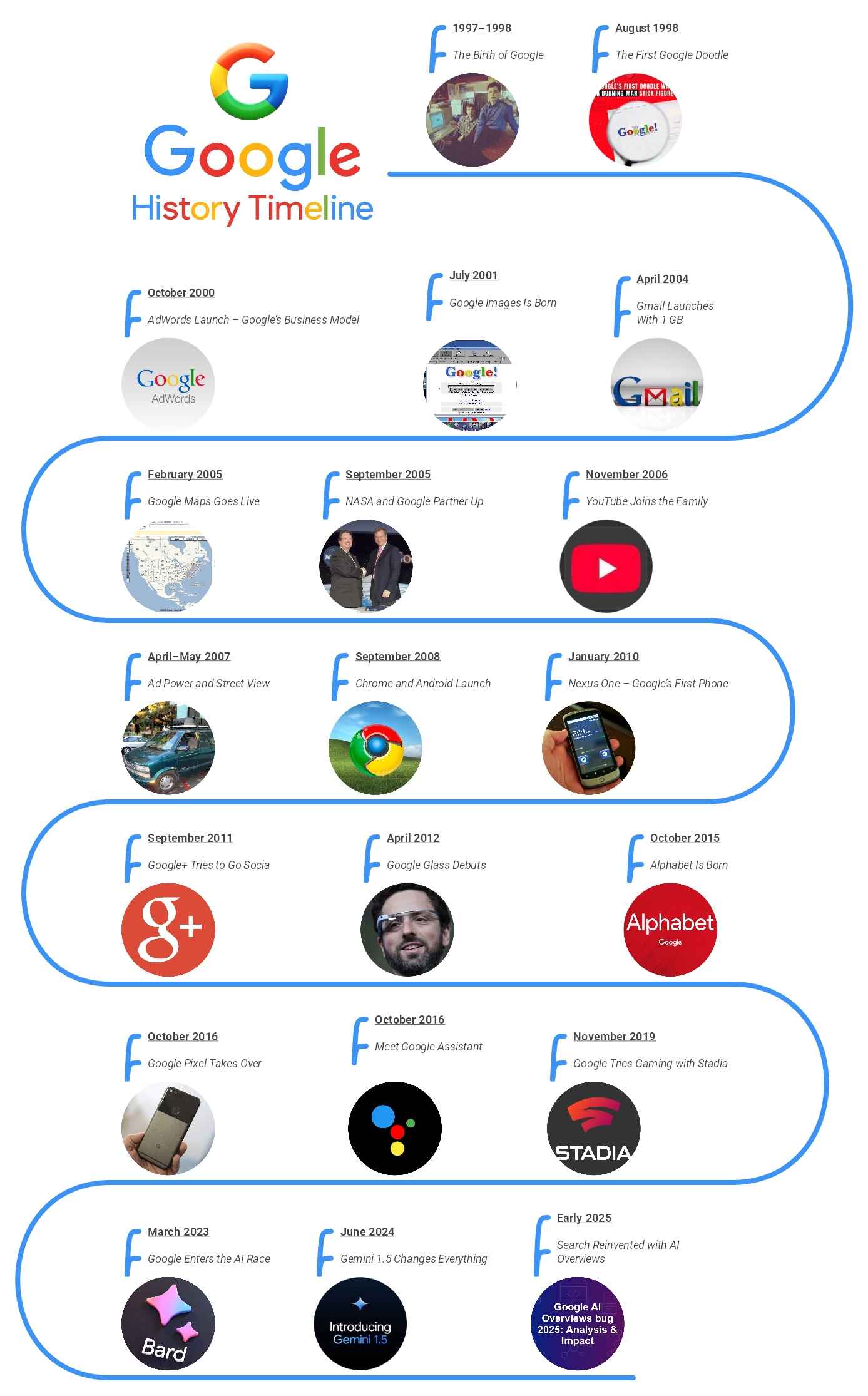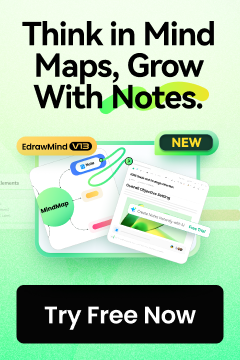Let’s be honest; when you don’t know something, you don’t ask a person… you ask Google. Need to fix a leaky faucet? Want to know the capital of Iceland? Curious about how kangaroos sleep? Google has an answer in milliseconds. It’s become our digital brain, solving our random, weird, and urgent questions whenever we are stuck.
What started as a Stanford student project called “Backrub” (yep, that was its real name) is now a multi-billion dollar tech empire. From the early days of plain search results to AI chatbots and space partnerships, Google’s timeline is anything but boring. Let’s go back and see how Google turned into the most powerful tool of the information age.
In this article
Part 1: History of Google Timeline
Google was born in 1998, and it didn’t take long to become the world’s favorite question-answerer. With over 90% of global search market share, it’s now the go-to place for everything from “how to tie a tie” to breaking news. Google’s tools, like Chrome, YouTube, and Maps, have changed how we live, learn, and connect. Let’s look at how it all began.
The Beginnings of Google: September 1997–September 1998
It all started with a "Backrub." Yes, that was the name Larry Page and Sergey Brin gave their search engine back in 1996. These Stanford Ph.D. students weren't trying to build an empire. They were just solving a problem: how to make the internet more useful.
Instead of keyword-matching, they ranked websites based on how many other sites linked to them. Simple, but revolutionary. The idea took off fast. In September 1997, they registered the domain google.com; named after "googol," the number 1 followed by 100 zeros. A year later, in a humble garage, Google Inc. was officially born.
August 1998: First Google Doodle
The very first Google doodle appeared in August 1998. Larry and Sergey were heading to the Burning Man Festival and wanted to let users know - just in case the servers crashed. So, they added a stick figure logo over the second "O" in Google.
That little doodle started a tradition. What began as an "out of office" note turned into a creative celebration of holidays, historical events, and cultural icons. Now, Google Doodles are a staple - and often the first thing people look for when opening the browser each day.
October 2000: Google AdWords
October 23, 2000, was a game-changer. That's when Google introduced AdWords, letting businesses advertise right in the search results. At first, it was all about impressions; paying every time your ad appeared. But soon, Google pivoted to the more effective pay-per-click model.
This simple tool transformed Google from a clever search engine into an advertising powerhouse. It gave small businesses a voice and big brands a bigger reach. Today, it's known as Google Ads and generates billions annually.
July 2001: Google Image Search
Believe it or not, the inspiration behind Google Images was a green Versace dress. In 2000, Jennifer Lopez wore it to the Grammys. People flooded the internet searching for pictures. But there was no easy way to find them.
Google got the message. In July 2001, Image Search launched with 250 million images. It completely changed how we browse the web. Whether you're hunting memes, old photos, or design inspiration, Google Images makes it easy. Later, reverse image search and AI-powered filters only added more magic.
April 2004: Gmail
When Gmail was announced on April Fools' Day 2004, people thought it was a prank. Why? Because it offered a full 1 GB of storage, way more than any other free email service. But it was real, and it was revolutionary.
Gmail didn't just give you space—it made email fast, searchable, and threaded like conversations. It organized everything automatically. It was smart, sleek, and ahead of its time. Today, Gmail is one of the most-used communication tools on the planet.
February 2005: Google Maps
In February 2005, Google Maps arrived with a mission: help people get from point A to point B. At first, it was basic, but powerful. You typed in a destination, and directions will show up. It was clean, simple, and fast.
But Google didn't stop there. They added satellite views, traffic data, Street View, and even walking and biking directions. Maps became more than a tool- it became a travel companion. And we all know that Google Maps is now an essential part of our lives.
September 2005: NASA Research Partnership
In 2005, Google reached for the stars. Yes, they did - literally. They teamed up with NASA to build a research facility in Silicon Valley. The goal? To collaborate on massive-scale data management, AI, and planetary exploration.
It wasn't just about technology. This partnership showed Google's ambition to go beyond earthbound problems. From mapping Mars to simulating planetary systems, it was a clear sign that Google's curiosity was as vast as the universe itself.
November 2006: YouTube Acquisition
In 2006, Google made one of its smartest bets; buying YouTube for $1.65 billion. At the time, people were skeptical. Could short cat videos really be the future of media? Google thought so.
They were right. YouTube exploded. It became the new television, the go-to platform for learning, laughing, creating, and sharing. Today, it reaches over 2.7 billion monthly users (as of 2025) and generates billions in ad revenue. And it's hard to imagine the internet without it.
April-May 2007: DoubleClick and Street View
April 2007 was a big moment for Google in advertising. With the $3.1 billion acquisition of DoubleClick, Google doubled down on display advertising. It gave them the infrastructure to serve banner ads, video ads, and more.
The very next month, in May 2007, Google unveiled Street View. Cars with 360-degree cameras began mapping cities street by street. While it raised privacy concerns, it also amazed people. Suddenly, you could stand virtually anywhere on Earth, just by dragging a little yellow figure on the screen.
September 2008: Google Chrome
In a world dominated by Internet Explorer and Firefox, Google surprised everyone in 2008 with its own browser: Chrome. It launched quietly at first; just a blog post and a slick comic book explaining the tech.
But Chrome was fast. Clean. Reliable. Tabs didn't crash your whole session. Developers loved it, users flocked to it, and it quickly became the most-used browser in the world. Chrome also laid the foundation for future products like ChromeOS and even helped power Android's web experience.
September 2008: Android OS
Yes, the same month Chrome launched, Google also released its mobile secret weapon - Android. Originally intended for digital cameras, Android arrived just in time to ride the smartphone wave. Google had acquired the company behind it in 2005.
The first Android phone, the HTC Dream, launched September 23, 2008. By 2025, Android powers over 70% of the world's smartphones. It's open, customizable, and has brought smartphones to every corner of the globe.
January 2010: Nexus One and the Future of Phones
By 2010, Google wanted more control over the Android experience. So they launched the Nexus One, their first self-branded smartphone. Built by HTC, it was stylish, fast, and ran a clean version of Android.
It wasn't a massive commercial success, but the idea behind it; Google setting the software standard was a game-changer. Nexus became a beloved line for techies, and later evolved into the Google Pixel brand. Today, Pixels are among the best Android phones, showcasing Google's latest AI and camera tech.
September 2011: Google+ Launches
Google couldn't resist the social media craze. In 2011, it launched Google+, its answer to Facebook. With Circles, Hangouts, and a clean design, it had some innovative ideas.
But... it never quite took off. Despite some loyal users and deep integration with other Google services, Google+ struggled to find its identity. Low engagement, data privacy issues, and stiff competition eventually led to its shutdown in 2019.
April 2012: Google Glass Unveiled
Google Glass was like something out of science fiction - a wearable computer with a tiny screen above your eye. When it was unveiled in 2012, people were fascinated (and a little freaked out).
Early adopters, called "Glass Explorers," could take photos, get directions, and even livestream - all hands-free. But privacy concerns, high price tags, and awkward design made it hard to catch on. While it flopped as a consumer product, Glass found new life in industries like healthcare and manufacturing.
October 2015: Google Becomes Alphabet
Google had grown far beyond just search. So in 2015, it reorganized under a new parent company: Alphabet Inc. This wasn't just a name change, but it was a structural shift.
Now, Google could focus on its core products (Search, YouTube, Ads), while other ambitious projects like Waymo (self-driving cars), Verily (healthcare), and DeepMind (AI)—operated separately under Alphabet. It let the company innovate without distractions, and investors loved the clarity.
October 2016: Google Pixel Phones
In 2016, Google said goodbye to Nexus and hello to Pixel - a phone made by Google, for Google. The first Pixel wasn't flashy, but its camera blew people away. Using just software, it captured photos that rivaled (and sometimes beat) Apple's iPhone.
It was also the first phone with Google Assistant baked in; a sign that AI was about to become central to everything. Each Pixel since has pushed the limits of smartphone photography, design, and smart features.
October 2016: Google Assistant
Google officially got an upgrade. In 2016, Google Assistant launched a smarter, more conversational evolution of Google Now. It could answer questions, set reminders, control smart homes, and hold actual conversations.
It rolled out first on the Pixel phone, then expanded to smart speakers, displays, TVs, cars, you name it. Assistant became the glue of Google's ecosystem, combining AI, voice, and real-world context.
November 2019: Stadia and Cloud Gaming
Gaming meets streaming - that was the promise of Google Stadia. Launched in 2019, it lets players stream blockbuster games to any screen, no console required. The idea was bold: use Google's cloud power to eliminate the need for expensive hardware.
But Stadia struggled. Limited games, spotty performance, and lukewarm reception held it back. In 2023, Google officially shut it down. Still, it sparked a conversation about the future of gaming and influenced competitors.
March 2023: Bard Was Introduced
By 2023, AI chatbots were having a moment, and Google couldn't stay quiet. Google introduced Bard, Google's conversational AI, built on its LaMDA language model. It was designed to be helpful, grounded in facts, and deeply integrated with Google Search.
At first, it faced stiff competition from ChatGPT and others. But Bard evolved quickly, integrating with Gmail, Maps, Docs, and YouTube. It became a powerful sidekick for productivity, creativity, and learning. Eventually, Bard was rebranded as Gemini in 2024 - part of Google's larger AI strategy.
June 2024: Gemini 1.5 and Beyond
Gemini became Google's flagship AI model, replacing Bard and spreading across all services. With Gemini 1.5, released in mid-2024, Google introduced a leap in long-context understanding. Think: reading entire books, summarizing meetings, or writing code from scratch.
Gemini powered Workspace, Chrome, Android, and even helped in educational settings. It represented the biggest shift since Search itself: Google wasn't just finding answers anymore, but it was helping create them.
Early 2025: Google Search, Reinvented
After two decades, Google began rethinking Search itself. Now, when you type a question, you don't just get links, you get AI Overviews: rich, synthesized answers right at the top.
Powered by Gemini, these overviews pull from multiple trusted sources and help you decide, shop, compare, and learn faster. It's still evolving, but it signals a major shift: Search is becoming more about understanding than indexing. Google's challenge now? Balancing speed, reliability, and creator support in a world where AI does the reading for you.
Part 2: How to Make the Google History Timeline with EdrawMind?
Google has gone through a long timeline of evolution. However, making it on EdrawMind is as easy as it gets. This user-friendly diagramming tool simplifies the process of turning your text-based notes into engaging diagrams.
Do you want to know how it works? Let's create the Google history timeline with EdrawMind:
Step 1: Create a New File
- Install and launch EdrawMind.or try EdrawMind online on your browser.
- Create a new Wondershare account for free to get started.
- Or, log in with a social account.
- Click the Create button on the homescreen. Select Local MindMap from the menu.
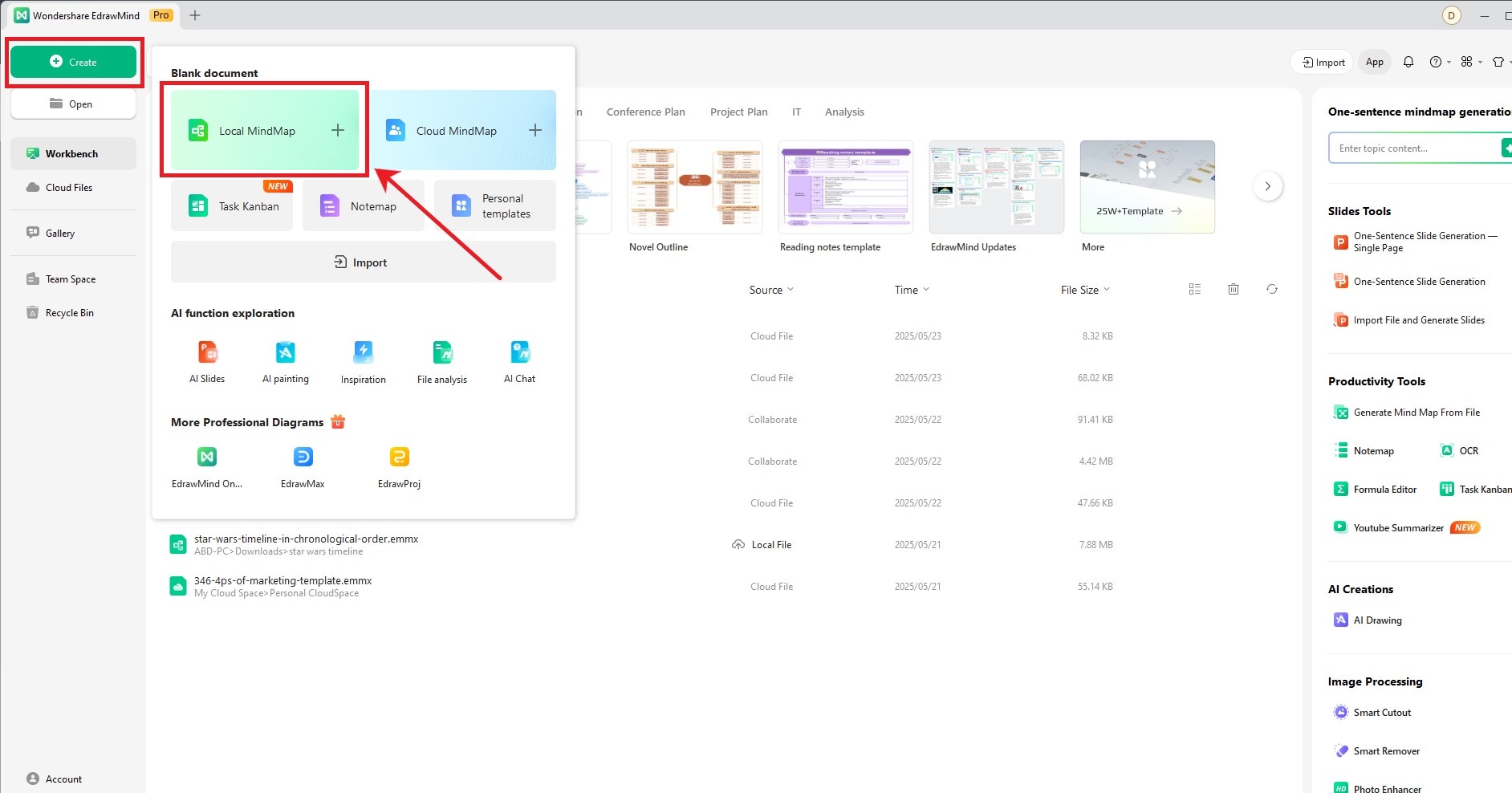
Step 2: Switch to the Timeline Layout
- Click the Main Idea to select it.
- Select Layout from the floating menu.
- Choose the Timeline (S-shape) layout from the list.
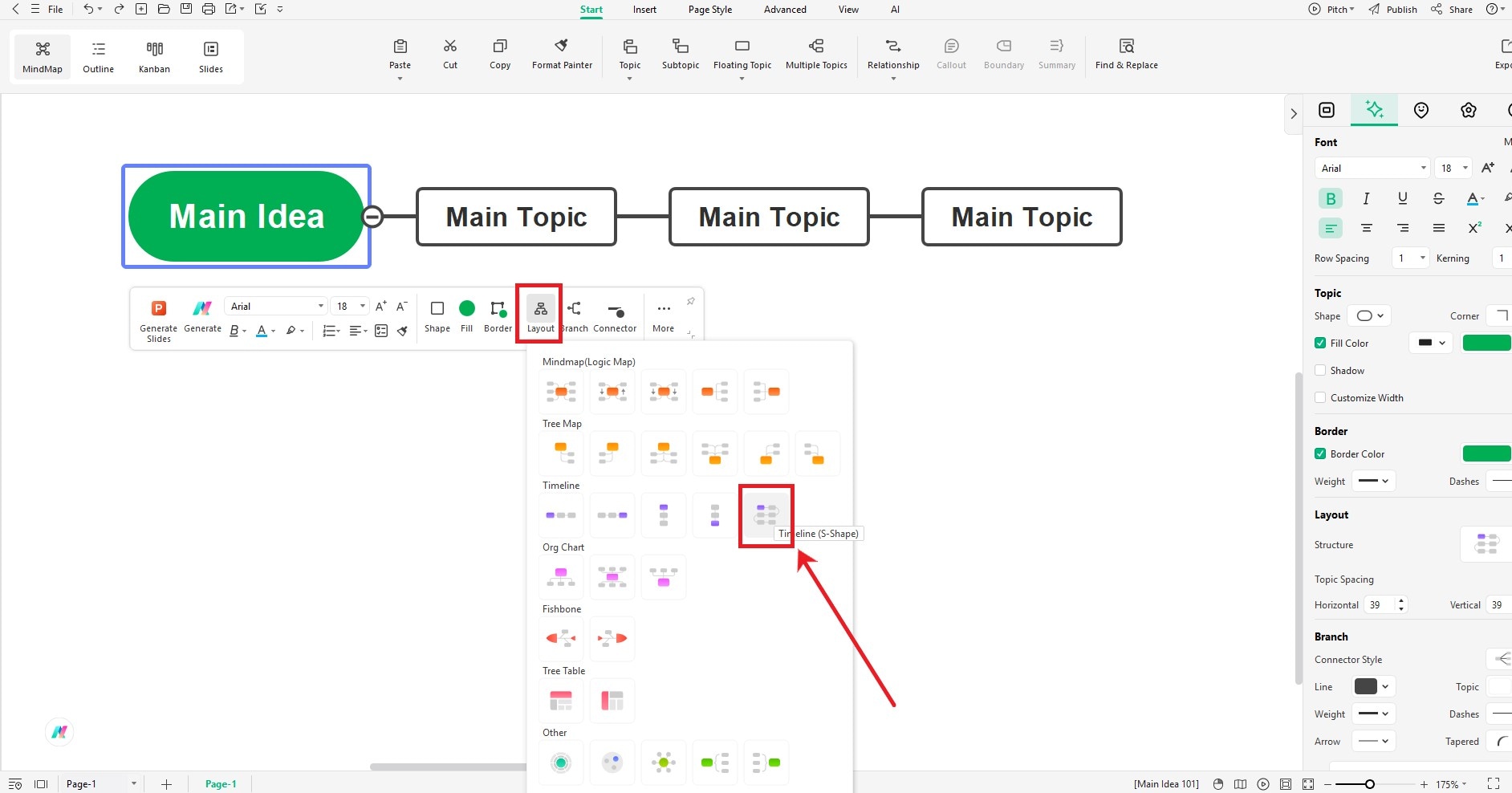
Step 3: Expand the Timeline
- Select your Main Idea and go to More from the floating menu.
- Click Topic to add a new entry at the end.
- Similarly, select Floating Topic and click anywhere to create it. Now, drag and drop it in the right place.
- Select a Main Topic and create subtopics following the previous step.
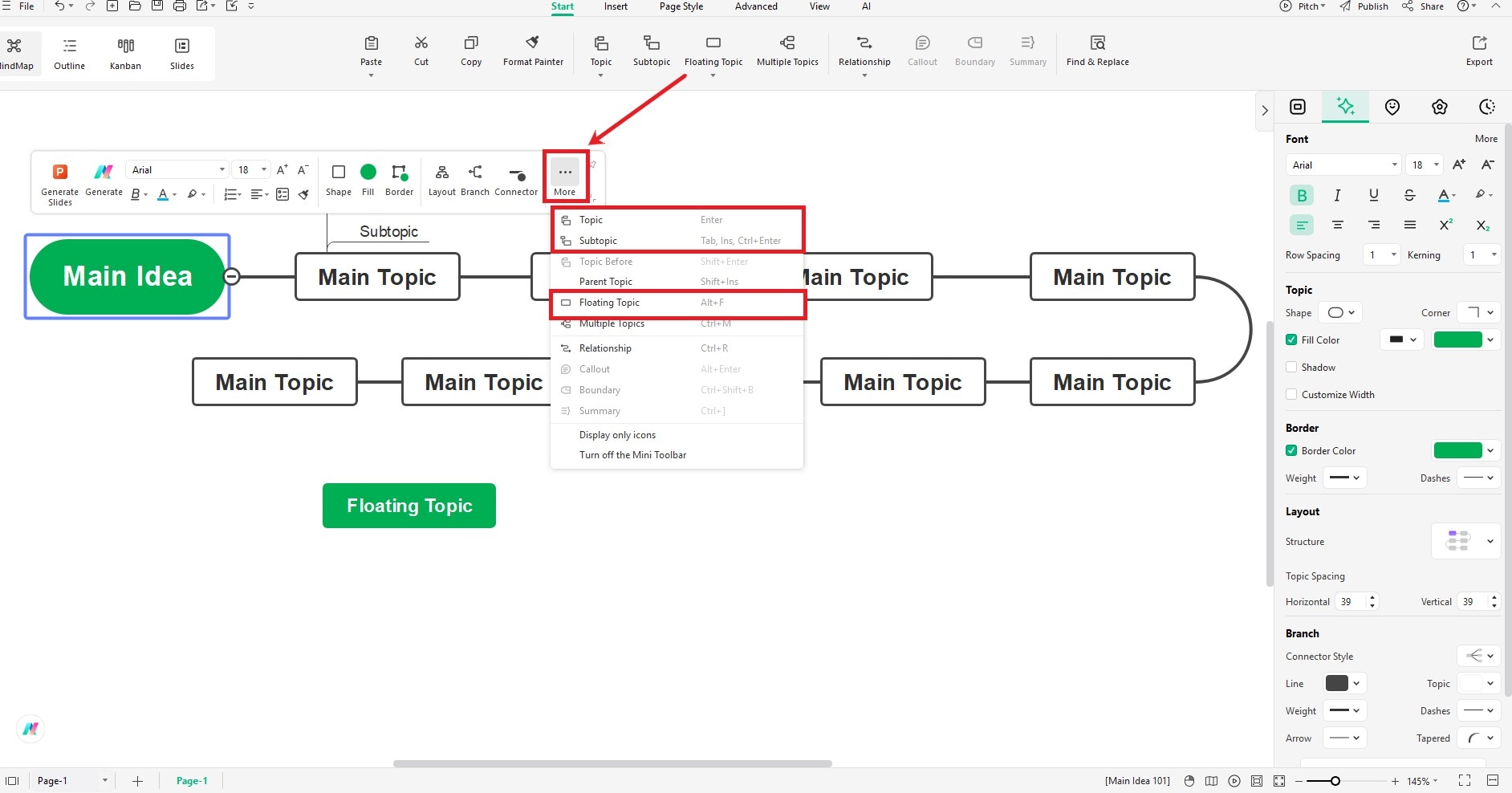
Step 4: Change the Timeline's Design
- Select a topic to customize its design from the right toolbar and floating menu. You can also select and customize topics at once.
- Change the topic's color, shape, branch settings, and subtopic layout.
- Click any topic and enter new content to remove placeholder text.
- Use the floating menu to customize font settings.
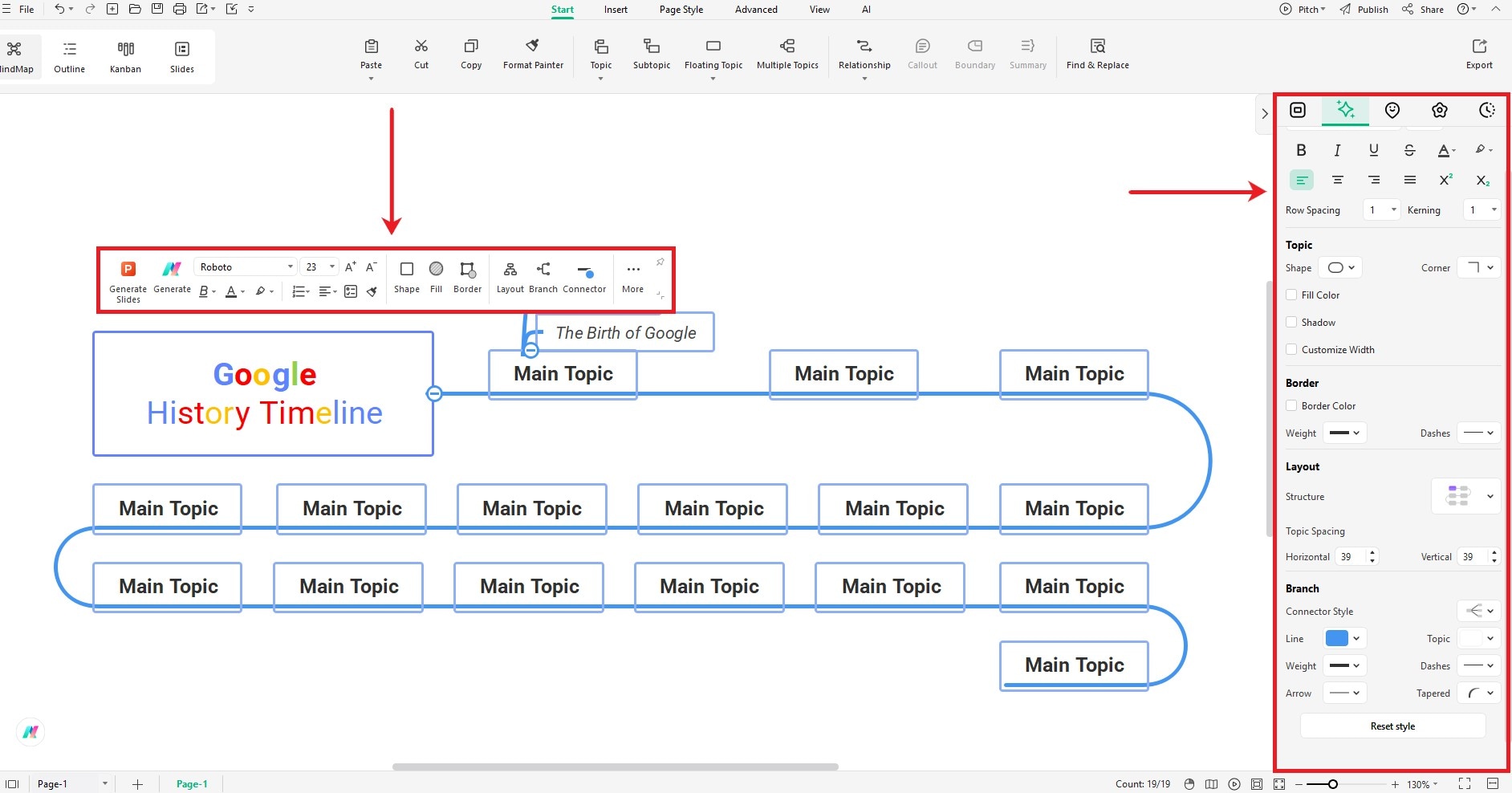
Step 5: Insert Images
- Images make the timelines more engaging. So, download any image and open it in EdrawMind.
- Change its settings from the right toolbar.
- Drag a picture and drop it in a topic.
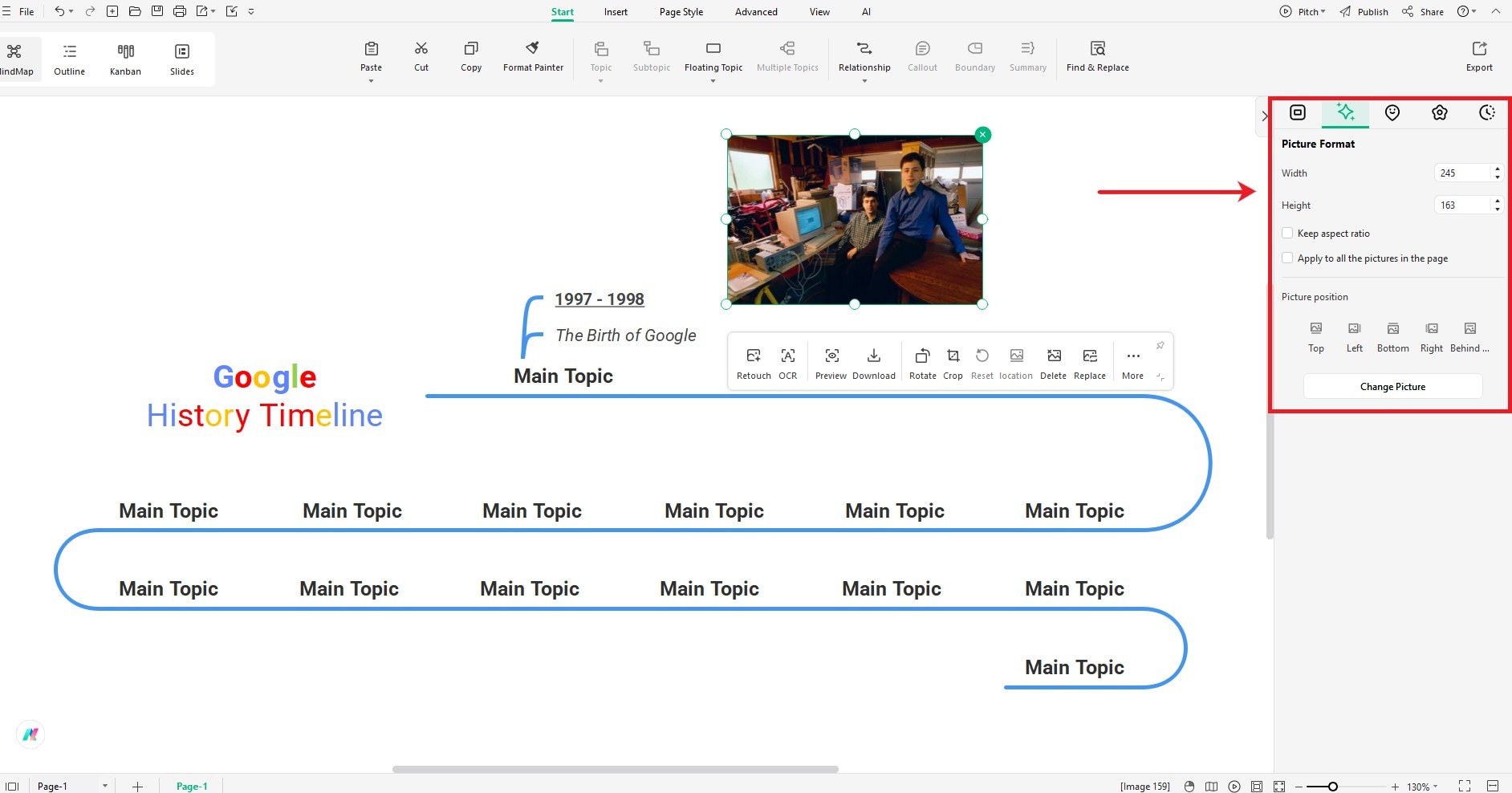
Step 6: Save or Export
- All set? Click the Save button with the disk icon at the top menu bar.
- Alternatively, click the Export button to download the timeline in your required format.
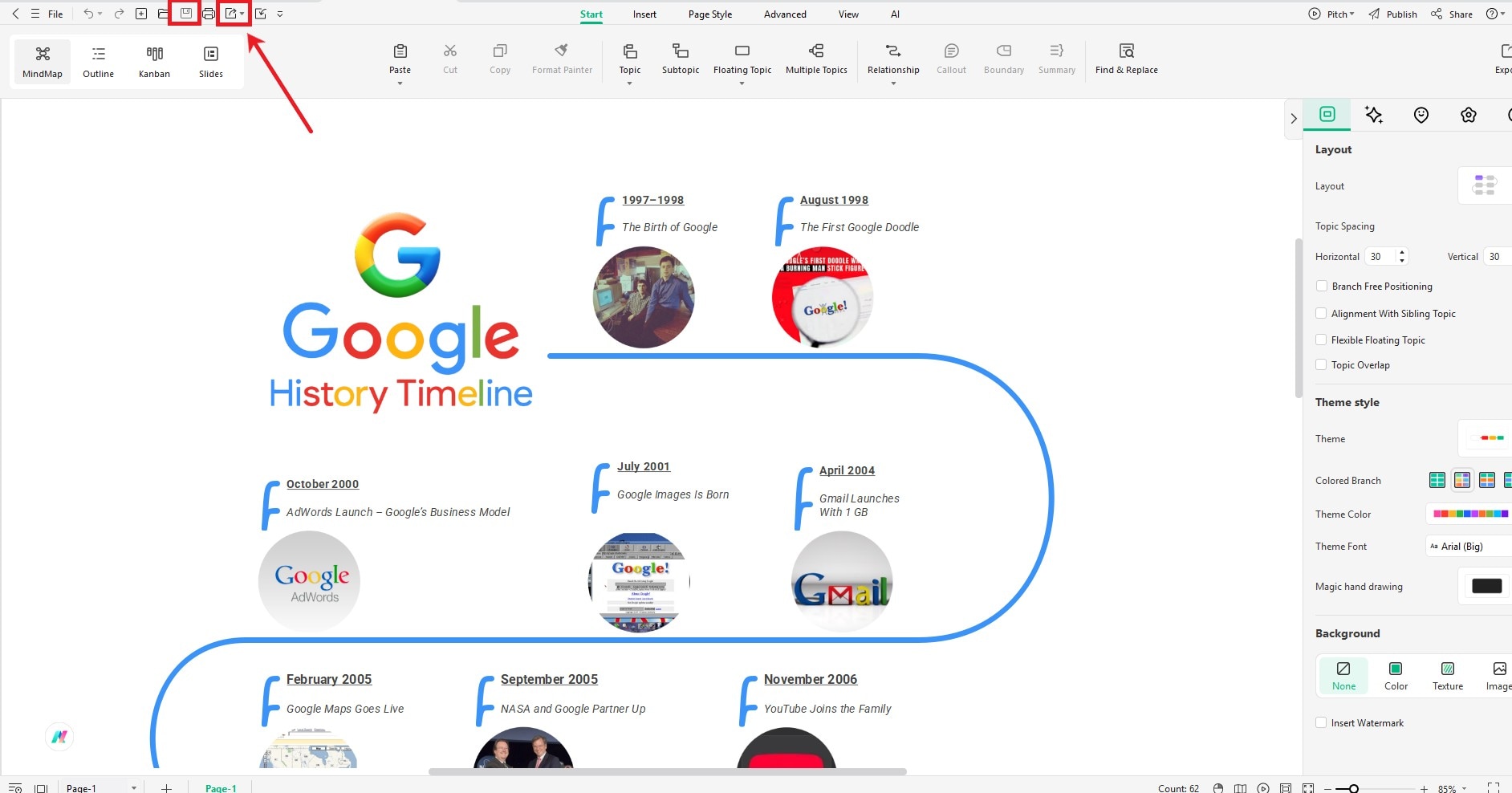
What's Next for Google?
As Google steps into its next era, one thing is clear - it's no longer just a search engine. It's a full-fledged ecosystem of AI, cloud, devices, and smart assistants that shape how we live, work, and think. Google has come a long way. It helps us navigate traffic, powers our conversations, and even predicts what we need next. It doesn't just answer questions now - it tries to stay one step ahead.
The journey from Backrub to Gemini shows us how far ambition, innovation, and adaptability can go. And if you're planning your own bold ideas, timelines, or strategies, visualize them the smart way with EdrawMind; your go-to tool for mapping out future success.



